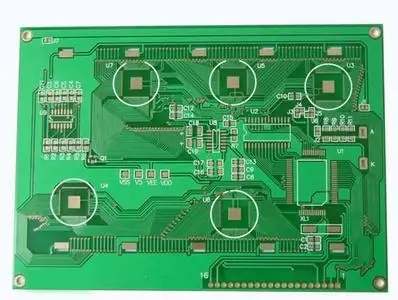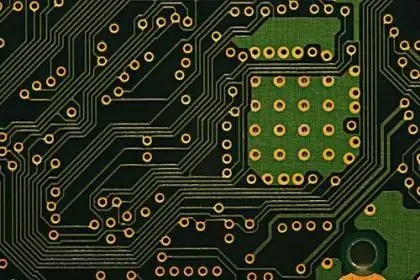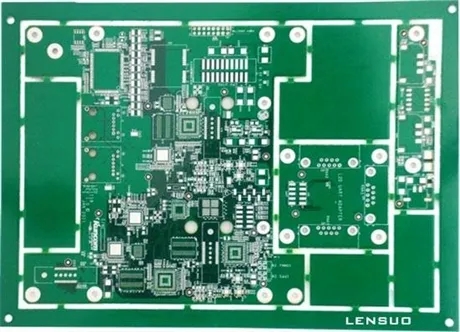
Detailed explanation of the use and storage of PCB solder paste
Solder paste is quite sensitive to heat, air and humidity in the exposed environment. Heat will cause the reaction between flux and tin powder, and also cause the separation of flux and tin powder. If exposed to air or wet environment, it will lead to drying, oxidation, moisture absorption and other problems.
The circuit board manufacturer will recommend that the circuit board be stored in a frozen environment. Before being exposed to the air, the temperature should be balanced with the ambient temperature before opening, so as to avoid condensation. The time required for rewarming varies according to the size of the container and the storage temperature. The time required for thawing can range from one hour to several hours. The most common solder paste coating technology used by circuit board manufacturers is steel plate or screen printing. Of course, other related technologies are also used, including glue dispensing, point-to-point transfer printing, roller coating, etc.
The method of stencil printing is derived from the concept of screen printing. Compared with screen printing, stencil printing can accurately control the amount of solder paste coating, and is suitable for the assembly printing of fine pitch parts. The figure shows a typical stencil circuit board printing operation.
The printed steel plate is generally made of thin metal, and the pattern of the metal opening matches with the solder pad on the circuit board that needs to be coated with solder paste. The steel plate will be aligned with the circuit board before printing, and then the solder paste will be applied to the whole steel plate with a scraper, and the solder paste passing through the opening of the steel plate will be moved to the required area. Finally, the circuit board is separated from the steel plate, and the solder paste stays on the corresponding solder pad.

Dispensing coating technology is to press the solder paste magazine and squeeze the solder paste through the needle to carry out the fixed point quantitative coating operation.
The operating principle and design method of dispensing system are very diverse. Generally, this system can be selected as long as it can meet the requirements of stable, fast and applicable volume supply capacity. Dispensing coating is a very versatile technology. It can be applied on uneven surfaces. At the same time, it can be applied randomly at any point and in any quantity by using program control. However, because the operation speed is slower than printing, it is often used in parts manufacturing or rework operations.
Point to point transfer is a good choice for small parts with large spacing. It can transfer solder paste to the desired position.
With this technology, there will be a group of needles installed on the fixed plate, and their needle points will correspond to the positions of the pads to be welded. During operation, a certain thickness of solder paste will be built on the flat bottom container, and then this group of needles will be stably immersed in the solder paste and lifted, and the solder paste attached to the needle tip will remain at the top of the needle. These needles with solder paste will transfer the solder paste to the solder pad, and then repeat the next cycle. In the face of the demand for fine and three-dimensional assembly, more solder paste coating technologies have been proposed, including some alternative bump manufacturing technologies. However, due to the improvement of inkjet printing technology in recent years, some circuit board manufacturers have proposed the idea of using inkjet technology for coating, which seems to be expected.
PCB manufacturers, PCB designers and PCBA manufacturers will explain the use and storage of PCB solder paste.






